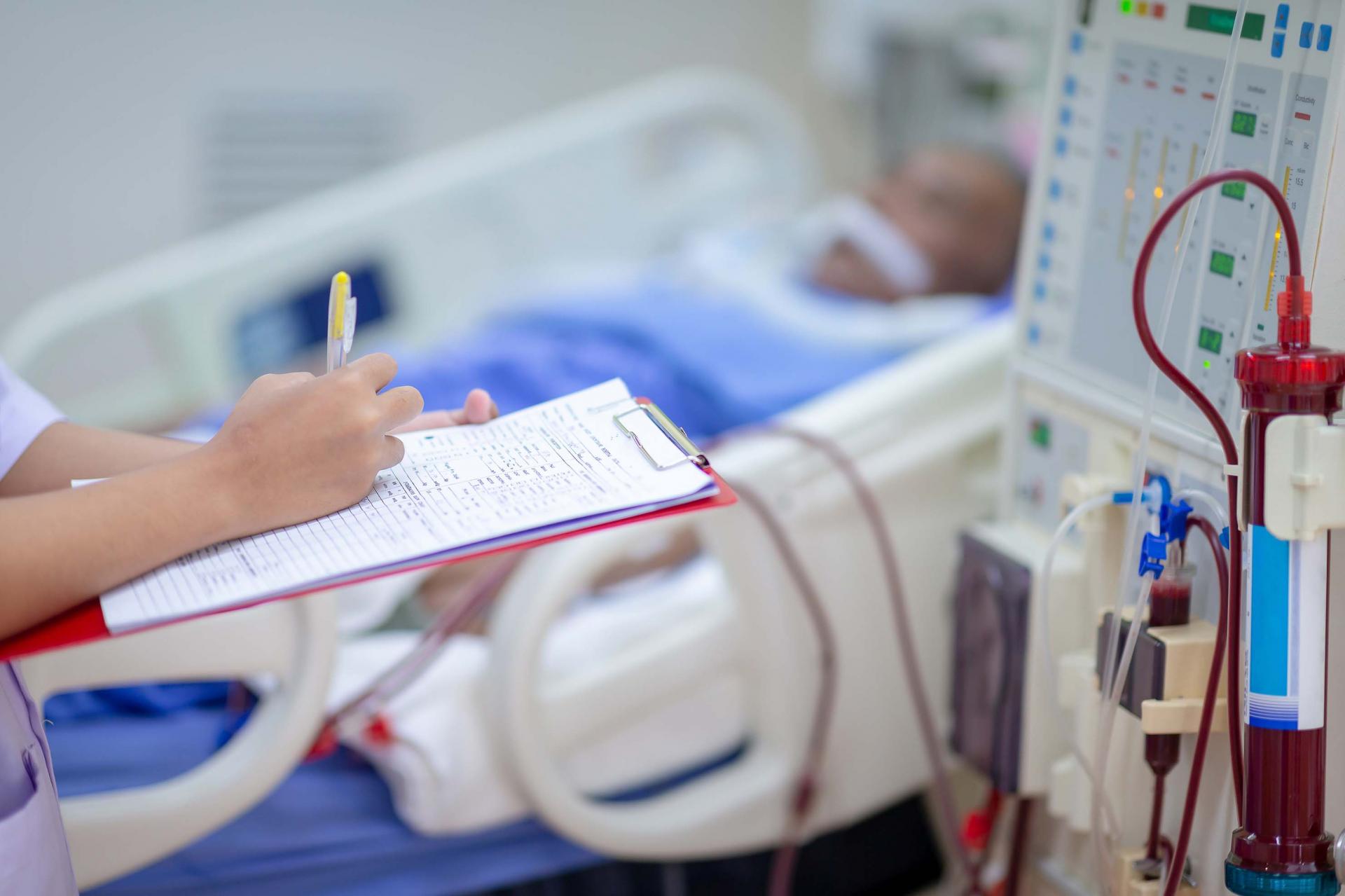Creating safe and healthy work environments through biological safety consulting and services.
Controlled environments - healthcare, research, life science and pharmaceuticals.
Duty of Care - Post Patient - ICU and Theater COVID-19 decontamination

Once an infected person has been moved out of the controlled environment, a number of steps need to be taken to protect your staff, decontamination cleaners and the next patient. Given the fast-moving nature of “best-practice”, repeated reference to the latest information, in-house procedures, regulatory websites (DHHS) and reputable interest-group organisations, should be made to assure the overall “duty-of-care” for your site is satisfied.
The best available advice may change
Operating within the available recommendations may not actually be “right” but it is generally a sound consensus view of the current understandings, balanced with practical considerations – such as possible adverse impacts or availability of a given solution. For this reason and the possibility of new, more potent variants of SARS COV 2, being sensitive to changes in regulations or advisories is very wise.
Some truths do not change
An abundance of caution leads us to always consider at least three possible transmission routes for viral disease – via the air, contact with solid surfaces and personal contact with other humans or animal vectors. While our current understanding is that air is a predominant factor in SARS COV 2, surface interactions are still likely enough to demand stringent protection against this transmission method. If simple, low-cost precautions to avoid the lower order risks are available, they are worthy of consideration-for instance, mosquito-born transmission of SARS is not held as generally significant, but a host of other pathogens have not “taken a holiday” while the pandemic is proceeding, so simple precautions to reduce problematic insect contact remain wise.
Approvals are important
Australian Government authorities such as TGA and DHHS have moved rapidly to take positions on cleaning chemicals, procedures, PPE and other significant aspects of disinfection for a variety of settings (medical facility and home care). They often revise these advisories and serious consideration needs to be given to the information that they present in these guidelines. These organisations are taking a justifiably conservative approach to recommendations, so they should generally form the minimum set of concepts and processes for your individual sites' procedures. These guidelines will seldom utilise the latest solutions, although those that are recommended are relatively safe and robust choices for general use.
Processes for technical equipment decontamination
General guidelines for the decontamination of specialty equipment, HVAC systems, safety cabinets etc. may differ from the general surface treatments and decontamination processes outlined above. Combinations of contamination exposure, specialty materials of construction, fragility of equipment and so on, often demand more specific cleaning materials, stronger chemical disinfectants and highly trained decontamination experts. If any of these systems are to be maintained or repaired, serious consideration has to be given to the possible infection risk to service personnel, those transporting or disposing of the equipment. Gaining advice from specialists in technical decontamination is a responsible action in these circumstances.
Remaining informed, considering all stakeholders in the facility in terms of infection control and taking a cautious, constantly updated path, will almost certainly improve outcomes and comply with duty-of-care responsibilities.
© Copyright Biosafety. All Rights Reserved.